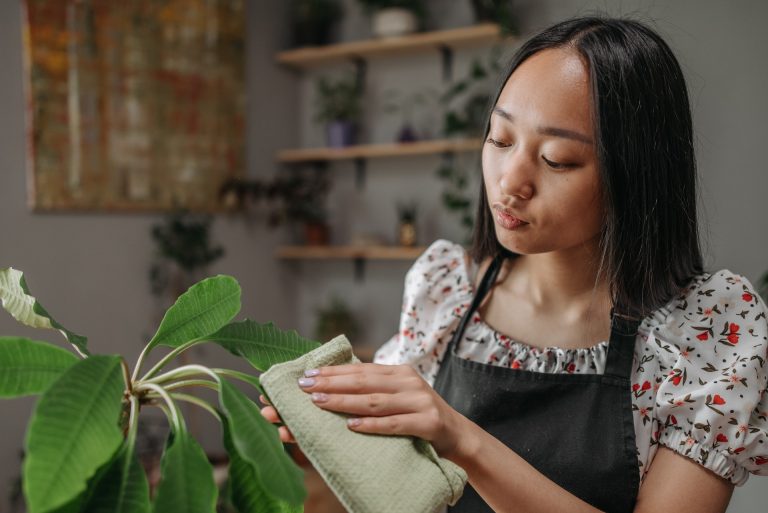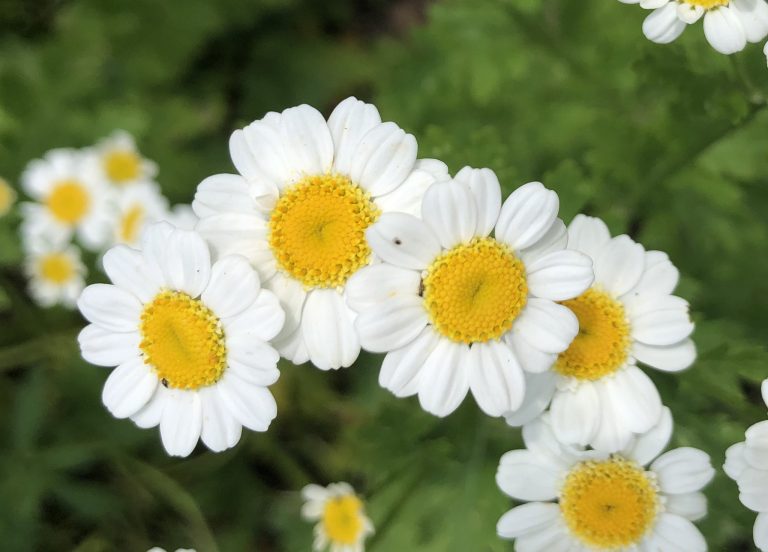As society advances, we strive to find ways to make our lives easier and more convenient; but according to the natural laws of the Universe, for every upside, there is a downside. Our practical modern conveniences actually come at a cost, not only to our environment, but also to our health.
Many seemingly-safe products are actually introducing toxins into our homes and bodies. Becoming aware of the dangers we face as consumers may help us see the wisdom of tradition and opt for a simpler, more natural lifestyle.
Scented hair and skin products
Aromas can trigger memories, enhance mood or simply please our senses. The effect can be so powerful that scent is often a deciding factor in making a purchase, and the hair and skin care industry knows this. Indulgent scents embellish countless products that we use on our bodies every day.
Unfortunately, naturally derived scents are not cheap, so artificial scents are frequently used to make products more affordable; yet the hidden cost can be huge. Numerous chemicals, all under the label of “fragrance” can readily enter your body through absorption, disrupting various bodily functions.

One of the main components of artificial fragrances is phthalates. Also called plasticizers, these chemicals are commonly used to make plastics more durable and to dissolve other materials. When used in products like soaps, shampoos, lotions and hair sprays, phthalates help scents last longer.
Success
You are now signed up for our newsletter
Success
Check your email to complete sign up
Exposure to these chemicals can cause immediate and obvious symptoms like irritation of the eyes, nose or throat; headaches, itchiness or general irritability. It can also result in more serious complaints.
Phthalates are known to affect the thyroid and the entire endocrine system, which is responsible for the regulation of hormones. Long-term exposure to phthalates has been linked with infertility in men, early puberty in girls, premature birth, cognitive deficiencies in infants, and postpartum depression for mothers. Children of exposed mothers also have higher incidence of asthma, allergies, and eczema.
Some phthalates are recognized as carcinogens. High levels of dibutyl phthalate are linked with breast cancer, and certain phthalates common in medication and other consumer products increase the risk of cancer in children.
A 2021 study of older adults found that those with high levels of phthalate had an increased risk of death from cardiovascular disease.
Unfortunately, a product’s fragrance formulation is generally considered proprietary information of the company that produces it, making it nearly impossible to discern whether a product contains these harmful components. What to do?
Choose fragrance-free products when possible, and avoid anything with ingredients that have ‘phthalate’ in their names — or look for products that explicitly state they are free of phthalates. If the ingredients are hidden under the term “fragrance,” questioning the company may be worth the effort.
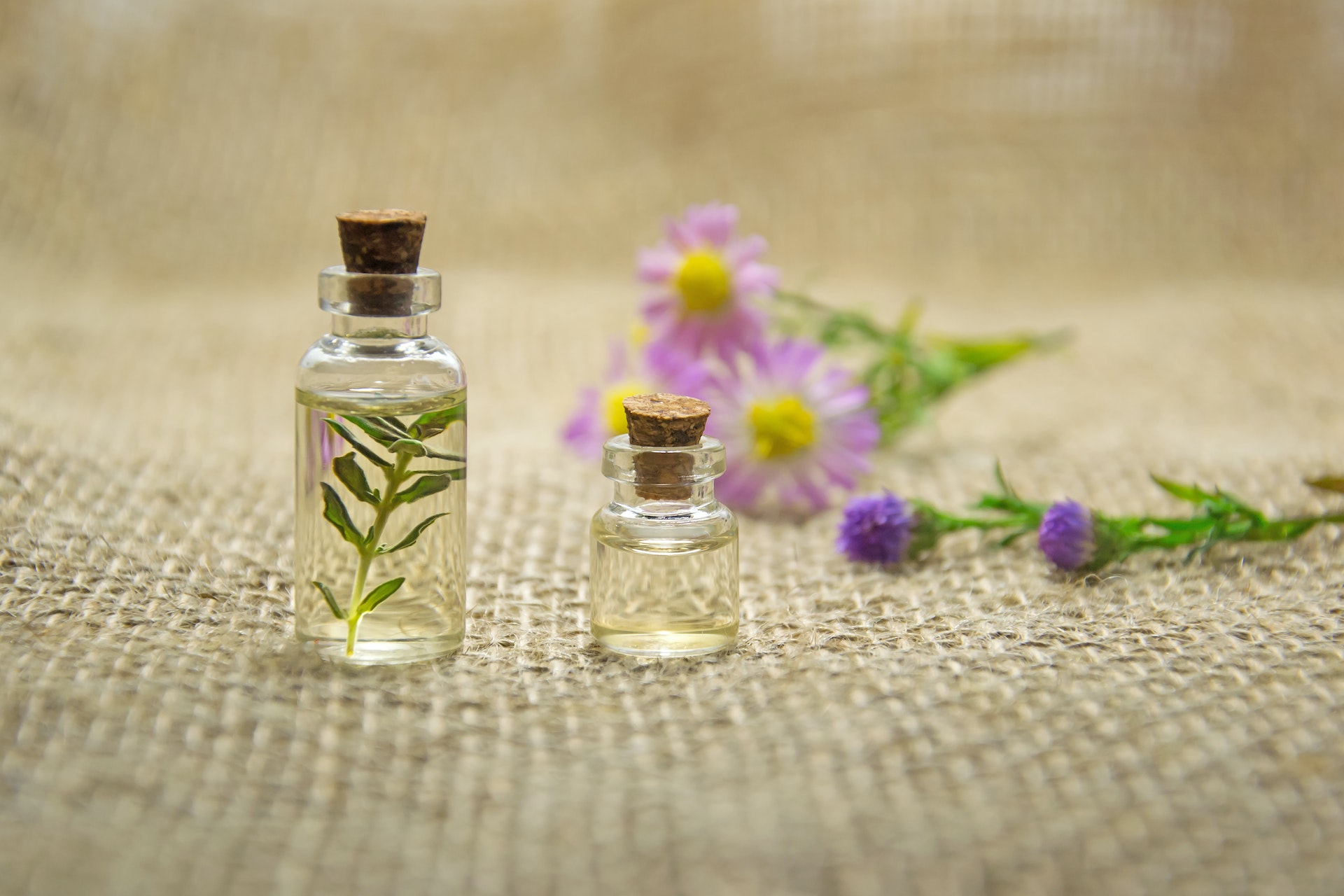
As a natural alternative, add your favorite essential oil to unscented products. Pure essential oils may seem pricey, but a little goes a long way. They have a more pleasing scent than their chemical imitations, and they offer a wide range of aromas that often have therapeutic effects.
Another option is to make your own herb infused oils. They have a much more subtle scent than essential oils, but this is an easy way to extract the therapeutic properties of any herb for direct use on the skin.
Baby wipes
Baby wipes have become ubiquitous germ-killing conveniences, with their use extending to makeup removal, intimate hygiene and cleansing skin abrasions. One would naturally assume a product made for babies to be perfectly safe. Not necessarily…
In addition to being artificially scented, many brands of baby wipes contain a compound called Bronopol, an antimicrobial agent used in place of alcohol. At high temperatures, Bronopol can liberate nitrite and low levels of formaldehyde, which can irritate the eyes and throat and cause dizziness and headaches.

The U.S. Environmental Protection Agency considers formaldehyde a probable human carcinogen (Group B1), with inhalation exposure causing respiratory problems. In many countries, personal care product manufacturers have been ordered to remove Bronopol from the formulation, but be sure to check the ingredients before purchasing.
Even better, make your own wipes. Not only is it easy and incredibly affordable, but it can also give you peace of mind knowing that your skin — and your baby’s — will be clean and safe.
Dryer sheets
In our never-ending search for comfort, laundry products have evolved to compress liquid softeners, lubricants and fragrances all into one thin sheet of fabric. When the heat of the dryer releases the contents of the unassuming sheet, we are left with a load of warm laundry that indulges both our sense of touch and smell.
Unfortunately, there are some downsides to these practical sheets. According to a study published in the journal Air Quality, Atmosphere and Health, scented liquid laundry detergents and scented dryer sheets contain hazardous chemicals.
After several experiments analyzing gasses emitted through laundry vents, researchers found that the use of scented detergents and dryer sheets released more than 25 volatile organic compounds, including seven hazardous air pollutants and two components classified as carcinogens by the Environmental Protection Agency: acetaldehyde and benzene.
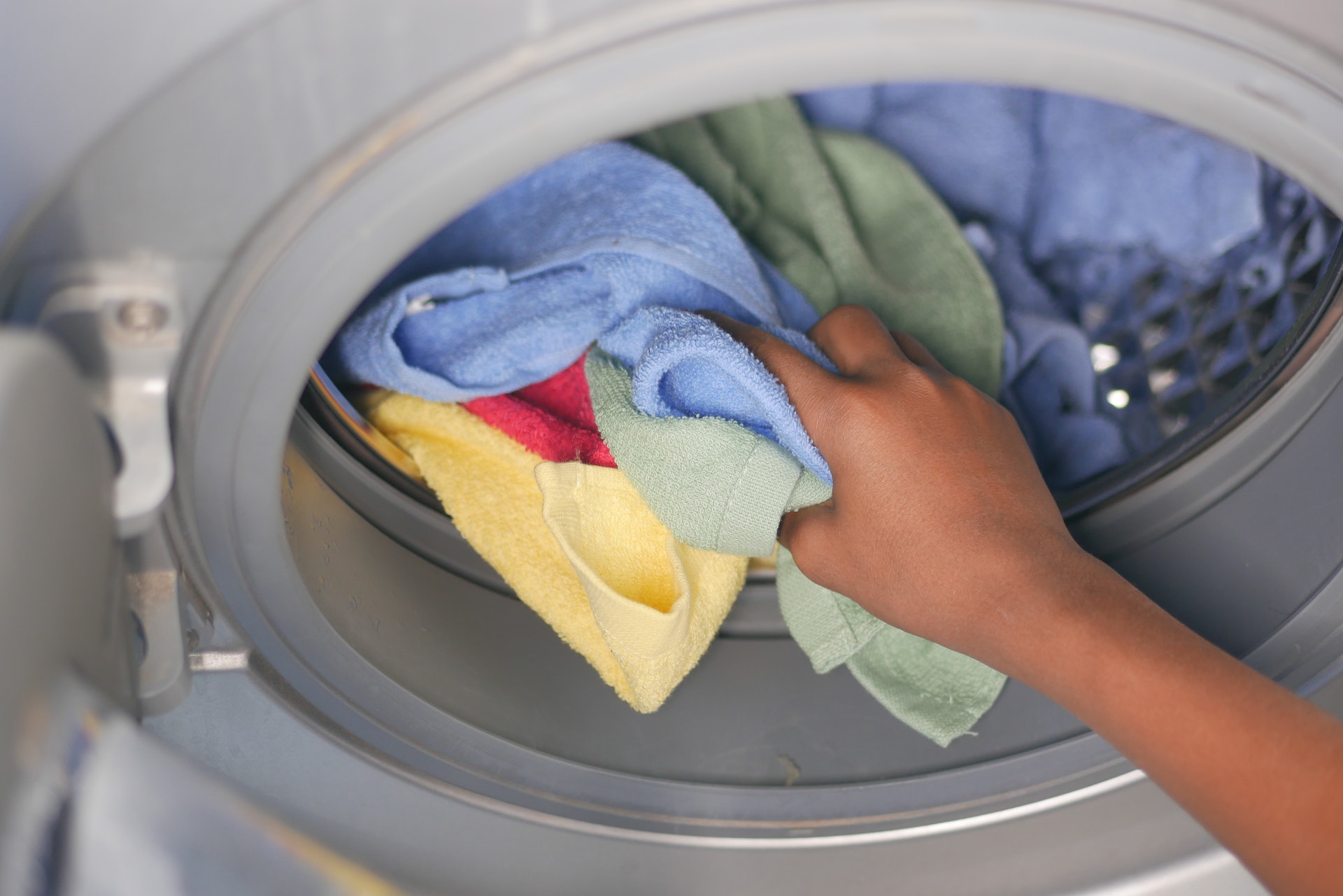
Since manufacturers are not required to disclose the ingredients contained in “fragrances,” such hazardous emissions are not controlled or regulated, posing a risk to personal and public health.
If dryer sheets are indispensable to your laundry routine, it’s easy to make your own. Fabric, distilled water, white vinegar and the essential oil of your choice are all you need to freshen your laundry, with no harm done.
Artificial colors in food and cosmetics
Along with scents, colors are another important determining factor in any purchase. Bright, vibrant colors can speak to the intensity of a food’s flavor, the effectiveness of a mouthwash product and even make a female face appear more youthful and awake.
Artificial colors and dyes are made from petroleum byproducts or from coal tar — a thick dark liquid that results from the production of coke (fuel) and coal gas from coal.
In 1906, as many as 80 artificial dyes were in use for consumer products. Over the years, many have been banned as injurious to health. By 1938, only 15 synthetic dyes were legal. Today only seven remain on the list approved by the Food and Drug Administration (FDA).

In general terms, color additives can be divided into three categories: those suitable for foods, drugs and cosmetics; those suitable only for drugs and cosmetics; and those suitable only for cosmetics. However, as their use becomes more widespread and extends to new products, new issues continue to arise.
Studies have linked the presence of artificial food colorings with increased hyperactivity rates and ADHD symptoms in children. In particular, Yellow #5 has been banned in several countries and is undergoing further testing for links to anxiety, hyperactivity, migraines and cancer.
When added to cosmetics, artificial colors can cause allergies, skin sensitization and eye irritation. For example, Yellow No. 6, often found in lipsticks, has been linked to allergies, DNA damage, eczema and asthma, and is therefore banned in Norway and Sweden. When it comes to self-care products, Yellow #6, Red #40 and Green #3 are best to avoid.
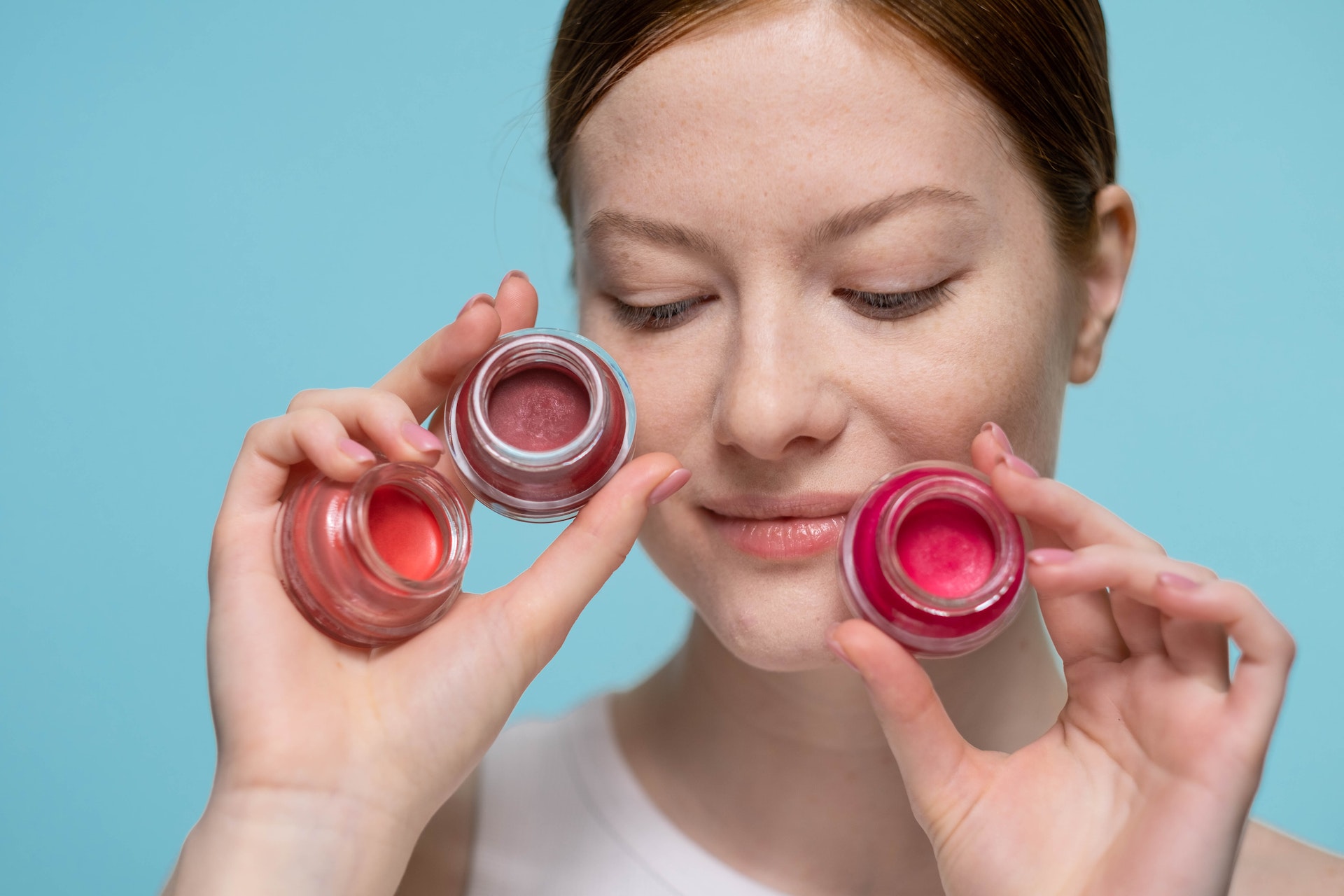
To avoid these risks, consider a traditional approach. Buy fewer processed foods — which are likely to contain artificial colors, flavorings or preservatives — and opt for whole, organic foods. When shopping for personal care products, try those made by companies that use only naturally derived colors and scents.
Remember that the lower cost of products with artificial ingredients may come at a higher cost to your health. To go natural and save money at the same time, try making your own products! A creative endeavor is rarely regretted.
READ ALSO:
- The Many Benefits of Rose Water and How to Make It
- Understanding Aromatherapy: Why Smells Moderate Mood, and More
- Healing Traditions: All-purpose Summer Salve Recipe
- The Dangerous Side-Effects of Plastics, and How to Minimize Their Toxic Impact
Ila Bonczek contributed to this report.



